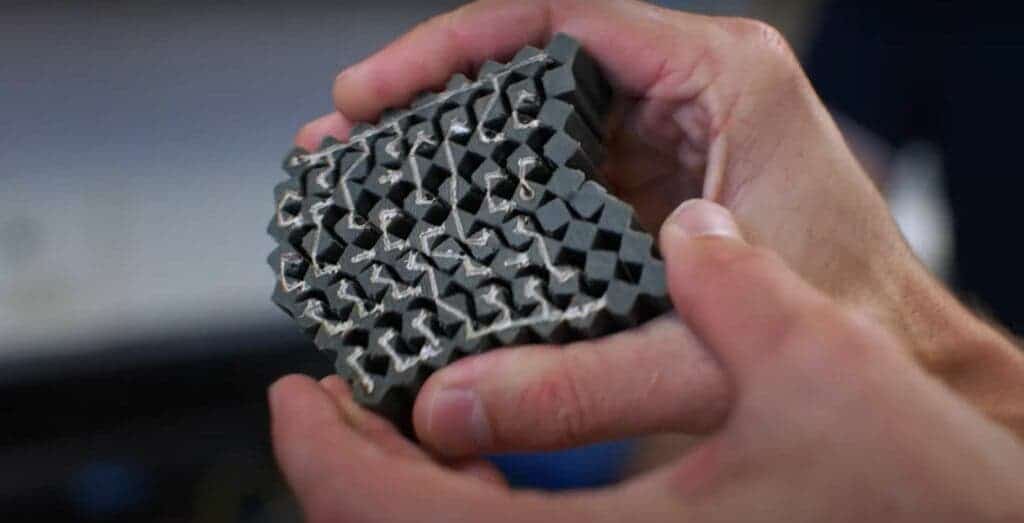From our smartphones to computers and cars, almost every modern device and electronic appliance require integrated circuits to function. An integrated circuit is an information processing unit made from multiple electrical components stacked together on a semiconductor material such as silicone. Interestingly, now a team of researchers claims to have developed a technology that can turn any material into an advanced integrated circuit capable of thinking on its own.

Scientists from the US Air Force and Penn State University have engineered the unique rubber polymer material that can sense mechanical stress and “think” of an appropriate digital response.
This new material basically acts like an integrated circuit, without technically being an integrated circuit, with potentially far-reaching implications for our entire electronics industry.
The engineered material thinks like humans
An integrated circuit can amplify electrical signals and perform computational tasks (for example, a computer processor – also an integrated circuit) but it requires a special semiconductor material. The new study demonstrates that any engineered material can function like an integrated circuit once it is successfully programmed to process mechanical information.
“We’ve shown a mechanical platform for computing. Our information is still electrical just like a normal computer, but what is actually changing in the system to control the information is mechanical,” said Charles El Helou, first author and Ph.D. student at Penn State.
According to the researchers, the soft polymer material consists of reconfigurable circuits that can process complex arithmetic functions using just mechanical force. The circuits can also convert the received information into electrical signals. The researchers suggest that the material actually works in a way similar to how humans think and interact with their surrounding environment.
For instance, information in the human brain also propagates from one nerve cell to the other in the form of electrical signals. Neurons send and receive electrical signals at the neuronal junction called synapse through axons and dendrites (parts of a neuron) respectively. When the engineered material is subjected to mechanical stress, the material analyzes the applied force by first converting the same into electrical information.

To make the material capable of processing the information further like an integrated circuit, the researchers employed an approach first mentioned in a study published back in 1938. Back then, American mathematician Claude Shannon published a study that proposed that mechanical-electrical switching networks based on the laws of Boolean algebra (a branch of mathematics concerned with binary logic variables like 1 and 0 often used in computation) can be used to develop integrated circuits.
Explaining the role of Shannon’s study further, one of the authors and Associate Professor at Penn State, Ryan Harne wrote:
“Shannon’s mathematically grounded design philosophy was lost to the sands of time, so, when we read the paper, we were astounded that our preliminary work exactly realized Shannon’s vision.” He further added: “We made considerable modifications to Shannon’s design philosophy in order for our mechanical-electrical networks to comply to the reality of integrated circuit assembly rules.”
The material can also be used in different applications. Because it senses physical signals, the researchers believe that it has the potential to serve important functions in pathogen detecting systems, and intelligent search-rescue units. Moreover, the engineered polymer could also pave the path for self-healing materials. Currently, the researchers are trying to make the polymer sensitive to visual information.
“Our goal is to develop a material that demonstrates autonomous navigation through an environment by seeing signs, following them and maneuvering out of the way of adverse mechanical force, such as something stepping on it,” said Harne.
The study is published in the journal Nature.
Was this helpful?



